The question of allowing YouTube in schools is a major topic for educators, parents, and students. As a vast digital library, it offers incredible learning resources, but it also opens the door to endless distractions and inappropriate content. Understanding how to navigate this challenge is key to creating a modern, effective, and safe learning environment. This article explores the benefits, risks, and strategies for using YouTube wisely in education.
The Educational Power of YouTube in the Classroom
YouTube is more than just entertainment; it’s a powerful educational resource. For teachers, it provides access to a nearly limitless supply of content that can bring lessons to life. From historical documentaries to complex science experiments, video content makes abstract concepts tangible and easier for students to grasp.
Visual learning is incredibly effective for many students. A video can explain a difficult math problem or demonstrate a scientific principle in minutes, something that might take much longer with a textbook alone. This dynamic approach can significantly boost student engagement and information retention. By integrating well-chosen videos, teachers can cater to diverse learning styles and make education more interactive and enjoyable for everyone in the classroom.
Furthermore, YouTube provides access to experts and perspectives from around the world. Students can watch lectures from university professors, listen to tutorials from industry professionals, or take virtual field trips to places they may never see in person. This exposure broadens their horizons and fosters a deeper sense of curiosity and a love for lifelong learning.
Navigating the Risks: Distractions and Inappropriate Content
Despite its benefits, allowing YouTube in schools comes with significant challenges. The most obvious risk is distraction. The platform is designed to keep users watching, with algorithms recommending an endless stream of engaging videos. A student looking for a video on the solar system can easily get sidetracked by gaming clips or music videos, derailing the entire lesson.
Another serious concern is the potential for students to encounter inappropriate content. While YouTube has filters and a “Restricted Mode,” these systems are not foolproof. Harmful videos, misinformation, or content with adult themes can sometimes slip through the cracks, creating an unsafe learning environment. Teachers and parents worry that unrestricted access exposes students to negative influences during school hours.
Here is a simple breakdown of the main arguments:
| Benefits of YouTube in Schools | Risks of YouTube in Schools |
| Access to a vast library of educational videos. | High potential for student distraction. |
| Enhances engagement for visual learners. | Exposure to inappropriate or harmful content. |
| Provides diverse perspectives and expert insights. | Can lead to content overload and reduced focus. |
| Fosters creativity and digital skills. | Algorithms may promote misinformation. |
The sheer volume of content can also be overwhelming. Without clear guidance, students may struggle to find quality, relevant information, leading to frustration and wasted time.
The Crucial Role of Teachers in Guiding YouTube Use
Teachers are on the front lines of managing technology in the classroom. Their role is essential in harnessing YouTube’s educational potential while minimizing its risks. Instead of allowing free browsing, effective educators curate content ahead of time. By creating playlists of pre-approved videos that align with their curriculum, teachers can ensure students stay on task and only view relevant material.
Setting clear guidelines is also vital. Teachers should establish specific rules for when and how YouTube can be used. This could mean only watching videos during designated times or using it for specific projects. When students understand the expectations, they are more likely to use the platform responsibly. This structured approach transforms YouTube from a potential distraction into a focused learning tool.
Beyond the Ban: Fostering Digital Literacy Skills
Completely banning YouTube in schools might seem like an easy solution, but it can be a missed opportunity. In today’s digital world, learning how to navigate online platforms safely and critically is an essential life skill. Using YouTube in a controlled classroom setting provides a perfect chance to teach digital literacy.
Teachers can guide students on how to evaluate sources, identify misinformation, and understand the difference between educational content and entertainment. These lessons are crucial for preparing them for a future where they will constantly interact with online media. By teaching responsible usage instead of outright restriction, schools can empower students to become smart and discerning digital citizens. This proactive approach is far more valuable in the long run than simply blocking a website.
Exploring Safer Alternatives for Classroom Video
For schools or teachers who are hesitant about using open YouTube, several excellent alternatives offer curated educational content without the distractions. These platforms are designed specifically for learning and provide a much safer environment for students.
Many of these services offer additional features that are perfect for the classroom. For example, some allow teachers to embed quizzes directly into videos to check for understanding or track student progress.
- Khan Academy: Offers a huge library of free educational videos on subjects ranging from math and science to history and art.
- TED-Ed: Features engaging, animated lessons on a wide variety of topics, often paired with supplemental materials and quizzes.
- Edpuzzle: Allows teachers to take videos from YouTube and other sources and turn them into interactive lessons by adding their own questions and notes.
Even traditional media, like documentaries and educational television programs, remains a valuable resource. These formats provide high-quality, vetted information without the risk of distracting algorithms or inappropriate recommended content.
Creating a Balanced YouTube Policy for Your School
The most effective way to manage YouTube is through a clear and comprehensive school-wide policy. Such a policy creates consistency and ensures that everyone—teachers, students, and parents—is on the same page. It should balance the educational benefits with practical measures to ensure safety and focus.
A successful policy is not just a list of rules; it’s a framework for responsible use. It should be developed with input from educators and parents to address the specific needs and concerns of the school community. Providing training for teachers on how to integrate video content effectively and use moderation tools is also a critical component. This support empowers educators to use YouTube confidently as a powerful teaching aid.
Frequently Asked Questions about YouTube in Schools
Why do some people want to ban YouTube in schools?
The main reasons for banning YouTube are its potential to distract students with non-educational content and the risk of exposing them to inappropriate videos or misinformation. These concerns focus on maintaining a safe and productive learning environment.
What are the biggest educational benefits of using YouTube?
YouTube provides access to a massive range of visual learning materials that can make complex topics easier to understand. It caters to different learning styles, increases student engagement, and allows teachers to bring real-world examples and expert knowledge into the classroom.
How can schools manage YouTube use without banning it?
Schools can manage YouTube by creating clear usage policies, using filtering software, and training teachers to curate educational playlists. Teaching students digital literacy skills also helps them navigate the platform responsibly and stay focused on learning tasks.
Are there better alternatives to YouTube for educational videos?
Yes, several platforms like Khan Academy, TED-Ed, and Edpuzzle offer curated, high-quality educational content without the distractions of open YouTube. These sites are designed for classroom use and often include helpful tools for teachers.
What is digital literacy and why is it important?
Digital literacy is the ability to find, evaluate, and use information responsibly online. Allowing guided access to platforms like YouTube helps students develop these critical skills, preparing them to safely and effectively navigate the digital world outside of school.

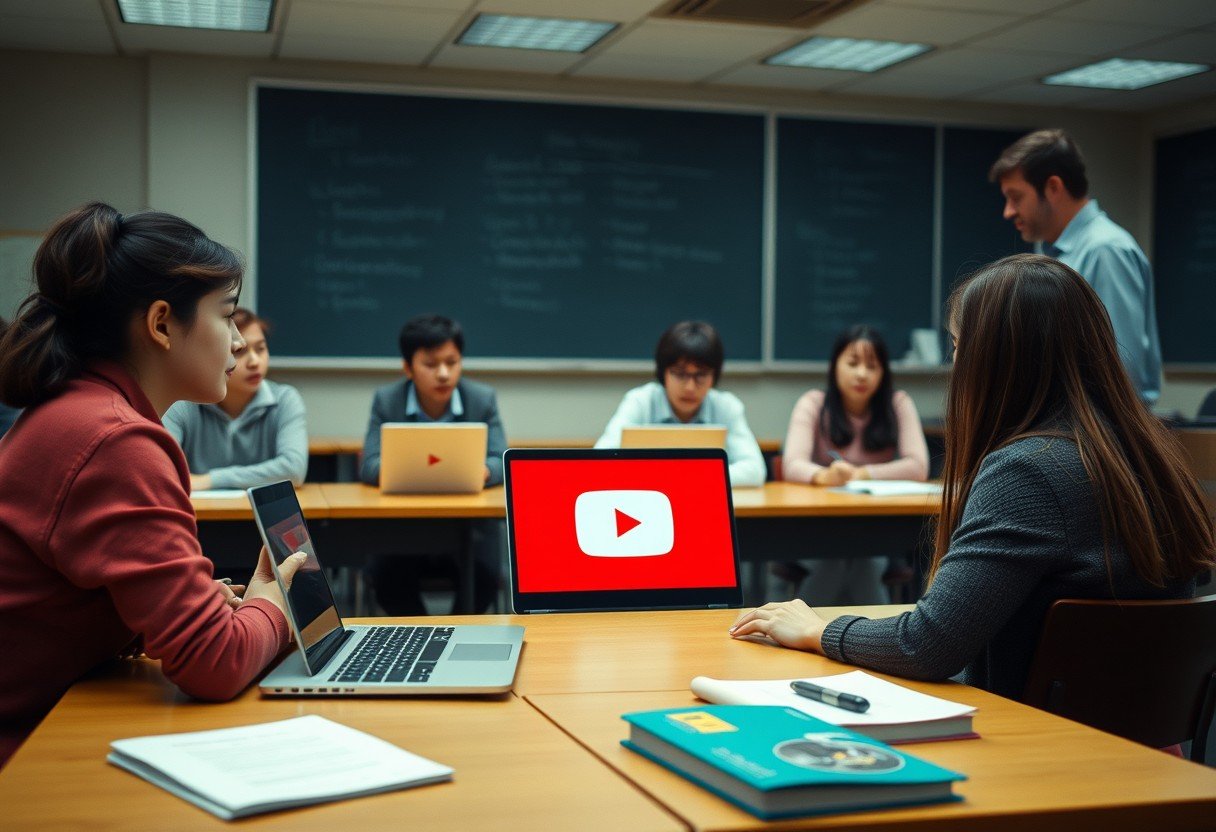



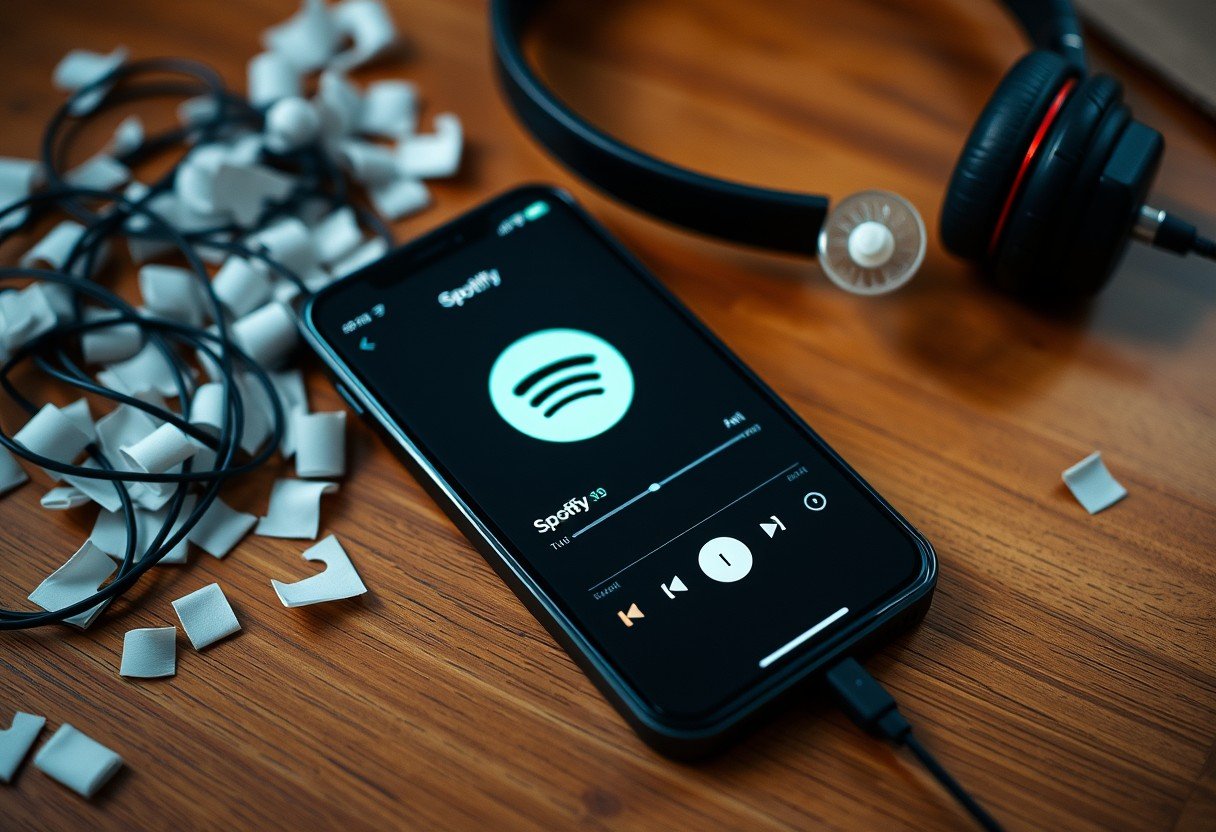
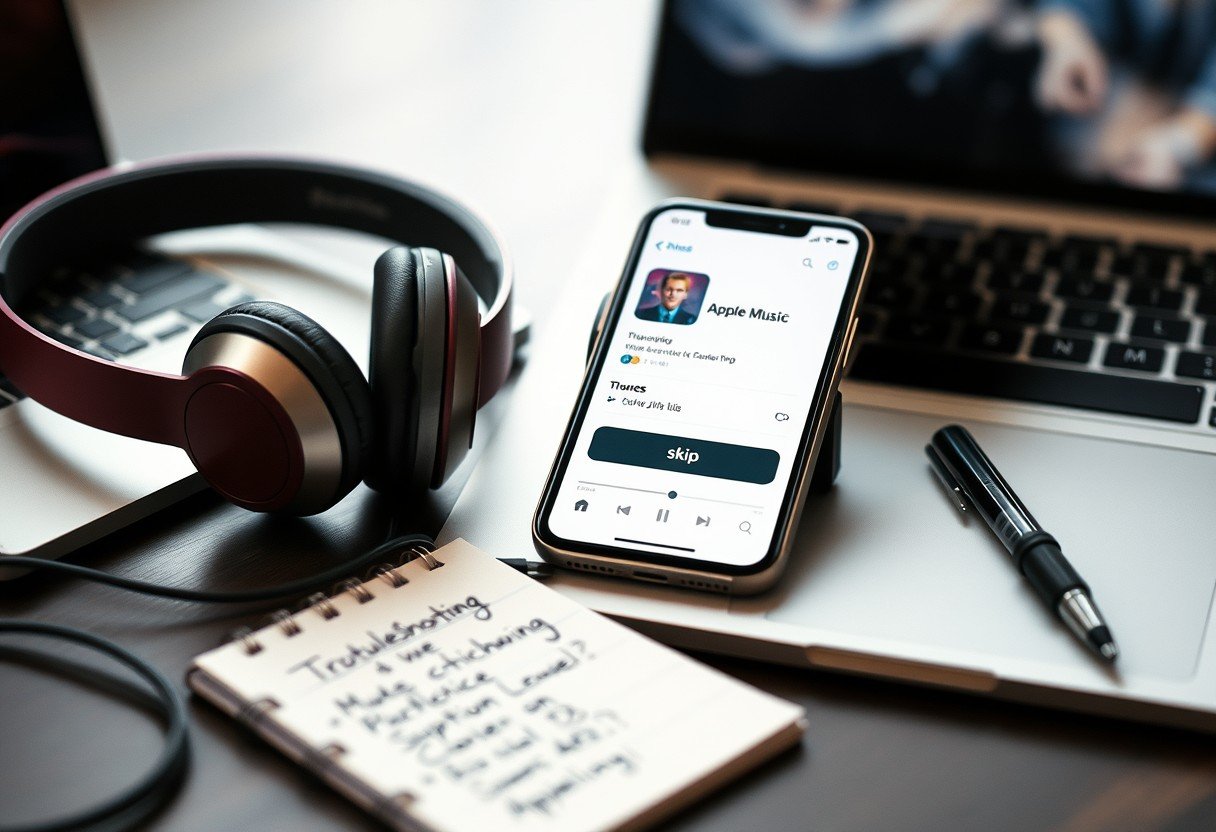
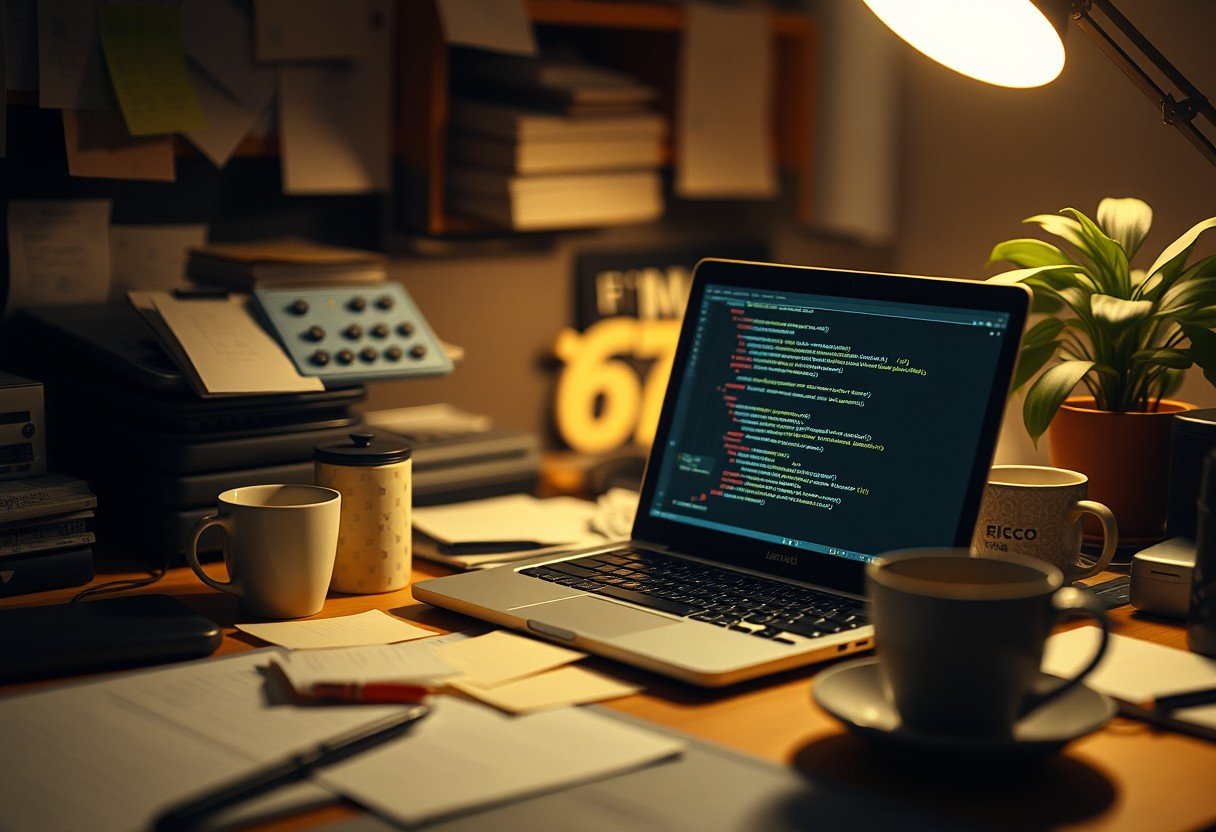
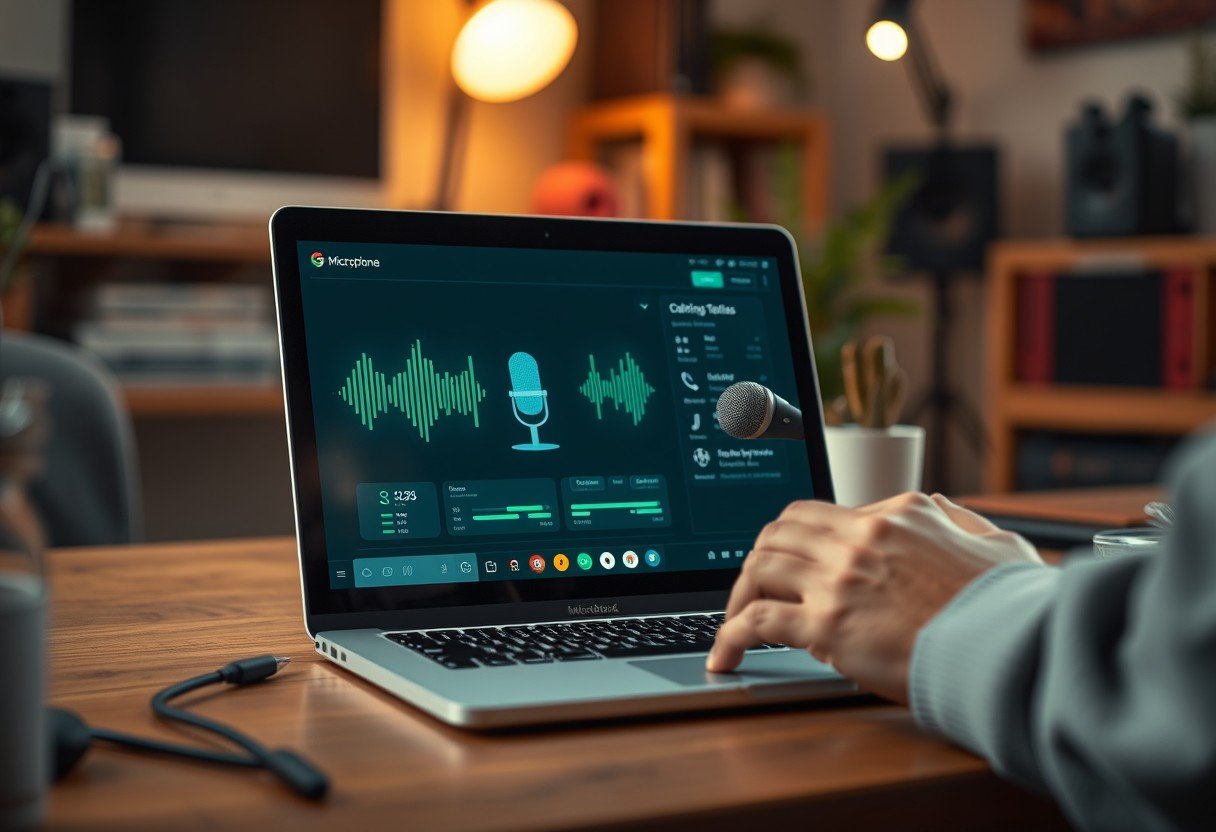
Leave a Comment